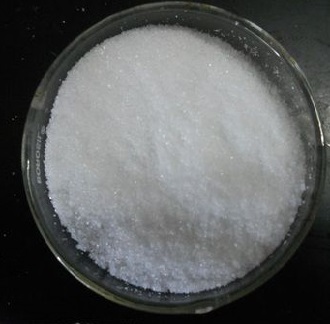Calcium oxalate is the oxalate of calcium, with the chemical formula CaC2O4 or Ca(COO)2. It is a white needle-shaped crystal. Insoluble in water and acetic acid, soluble in dilute nitric acid and hydrochloric acid. It is produced by the action of calcium salt and oxalic acid in an aqueous solution, and is also contained in plants such as Konjac. Can cause oxalate poisoning if swallowed. Calcium oxalate crystals in urine are the main component of human kidney stones.
There are three mineral species of naturally occurring hydrated forms of this compound: monohydrate, dihydrate, and trihydrate. There are three main calcium oxalate minerals in nature: caoxite (monohydrate), caoxite (dihydrate) and the less common caoxite (trihydrate). Trihydrate is converted into monohydrate at 130 °C. Monohydrate is completely dehydrated to anhydrous salt at 200 °C and decomposes at 430 °C.
Calcium oxalate has very little solubility in water, so it can be used for the quantitative determination of C2O42− and Ca2+ ions.

Morphology
Most calcium oxalate crystals look like a 6-sided prism, often looking like pickets from a wooden fence. Over 90% of the crystals in urine sediment will have this type of morphology. Other shapes are less common than the 6-sided prism form, but it is important to be able to quickly identify them in an emergency.
Preparation
Calcium oxalate is produced by the interaction of calcium salt solution and oxalic acid.
Application
Calcium oxalate can be used for ceramic glazing, making oxalic acid, etc. It is weakly acidic.
Related research
The invention discloses a calcium oxalate crystallization inhibitor and its application. The inhibitor of the present invention is made of nano-selenium, which is obtained by mixing and reacting a selenite solution and a vitamin C solution in a certain proportion. As a preferred way, the selenite is sodium selenite or selenium dioxide, and the vitamin C refers to reduced vitamin C.
This invention uses nano-selenium for the first time to prepare calcium oxalate crystallization inhibitors. The obtained inhibitors can effectively inhibit the growth and aggregation of calcium oxalate and can be used to prepare calcium oxalate stone inhibitory drugs.

 微信扫一扫打赏
微信扫一扫打赏

